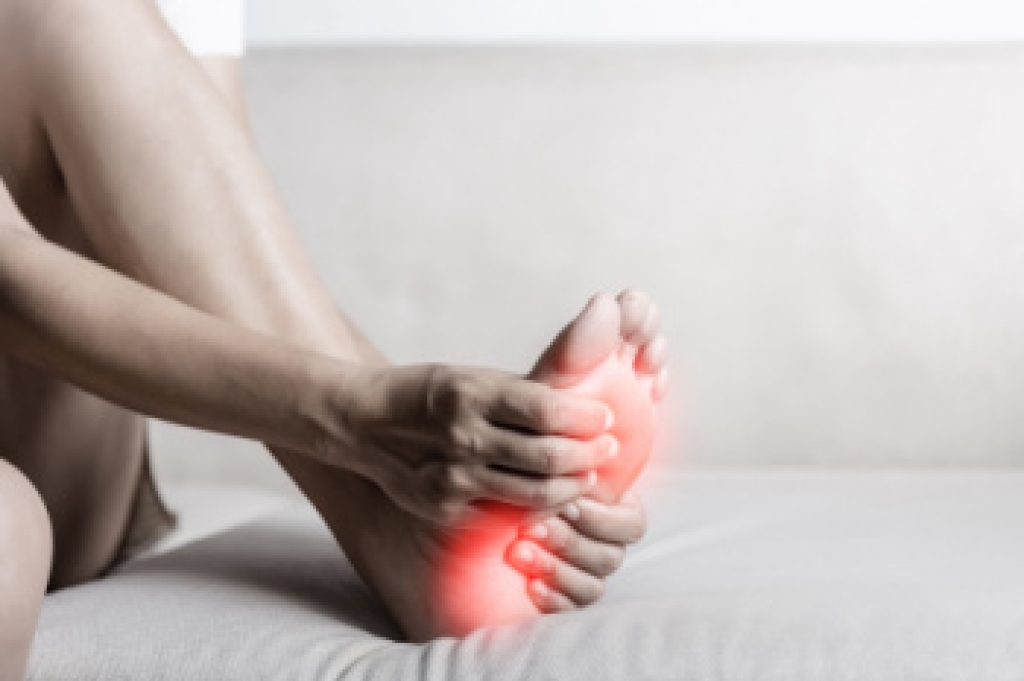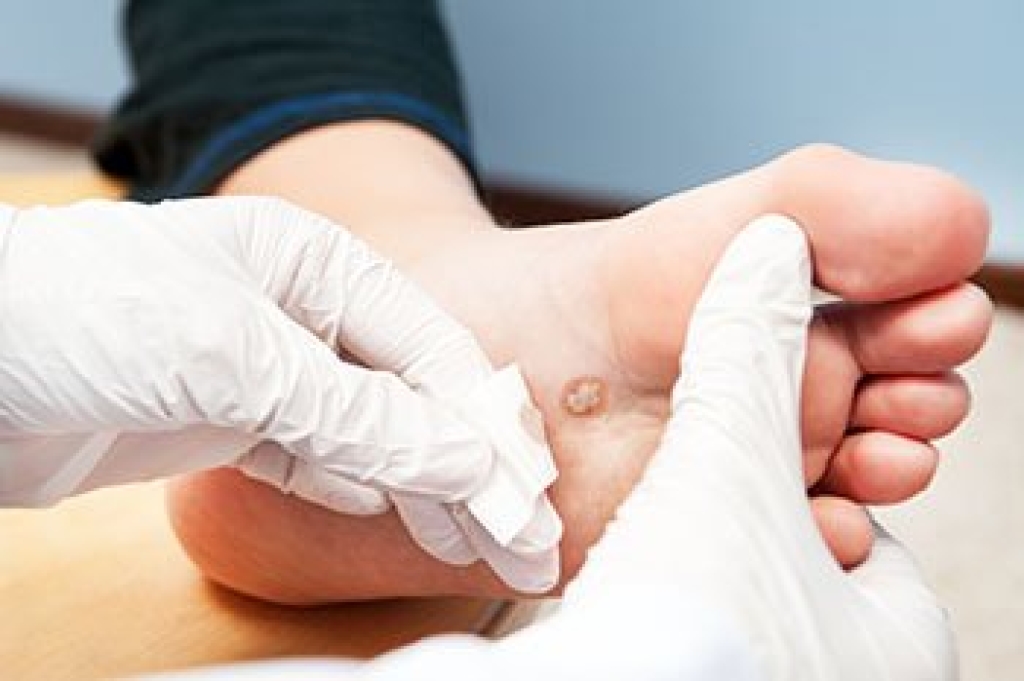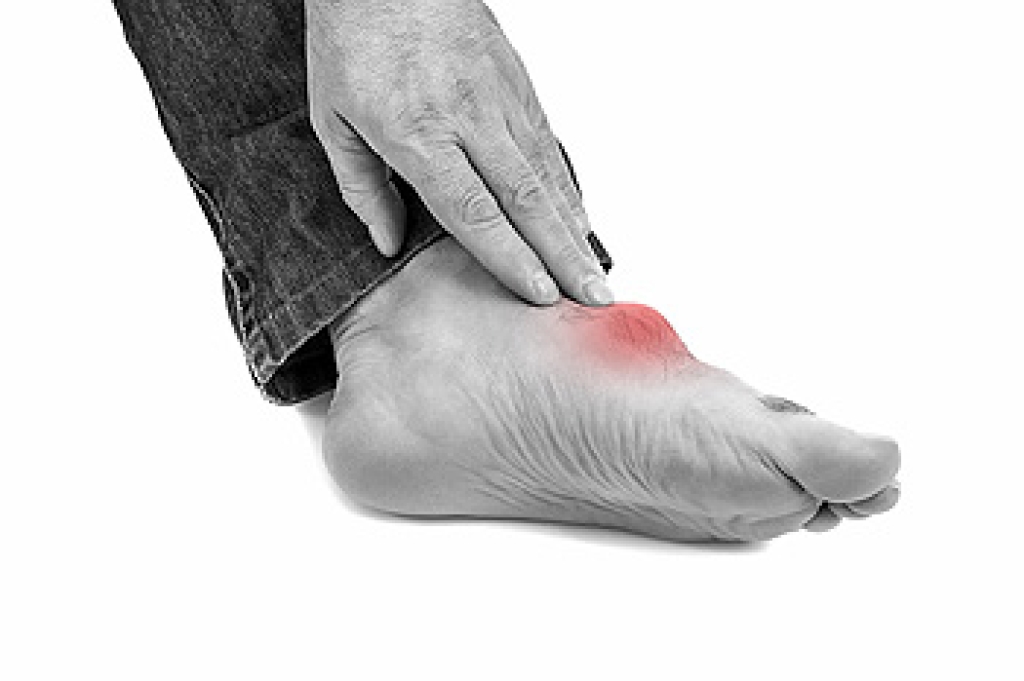
Multiple sclerosis, or MS, can influence foot health in several ways because it impacts the nervous system, which controls muscle strength, balance, and sensation. Many individuals experience numbness or tingling in the feet, making it difficult to detect injuries or changes in pressure. Muscle weakness may alter walking patterns, leading to fatigue, instability, or an increased risk of falls. Some people develop spasticity, a tightness or stiffness in the muscles that can cause the foot to point downward or drag during movement. Changes in coordination may affect the way the foot lands with each step, creating strain on joints, tendons, and ligaments. Poor sensation and altered gait can also contribute to skin breakdown, calluses, and pressure sores, if not monitored carefully. A podiatrist can help manage these challenges by evaluating gait, recommending proper footwear or orthotics, and addressing any emerging foot problems promptly to maintain comfort and mobility. If you have MS and it is impacting your feet, it is suggested that you see a podiatrist for relief and management options.
When dealing with systemic disease of the feet, it is extremely important to check the affected areas routinely so that any additional problems are caught quickly. If you have any concerns about your feet and ankles contact Daniel Bell, DPM from Florida. Our doctor will assist you with all of your podiatric needs.
Systemic Diseases of the Feet
Systemic diseases affect the whole body, and symptoms usually are displayed in the feet. This condition can make a patient’s ability to walk unbearable. Systemic diseases include gout, diabetes mellitus, neurological disorders, and arthritis.
Gout – is caused by an excess of uric acid in the body. Common symptoms include pain, inflammation, and redness at the metatarsal/phalangeal joint of the base big toe. Gout can be treated by NSAIDs to relieve pain and inflammation, and other drugs that lower the acid levels in the body.
Diabetes mellitus – is an increase in the level of blood sugar that the body cannot counteract with its own insulin. Failure to produce enough insulin is a factor in Diabetes.
Diabetes of the Feet
Diabetic Neuropathy – may lead to damaged nerves and affect the feet through numbness and loss of sensation.
Peripheral Vascular Disease – can restrict the blood flow to the feet, and often times lead to amputation of the feet.
If you have any questions please contact our office located in Pembroke Pines and Plantation, FL . We offer the newest diagnostic and treatment technologies for all your foot and ankle needs.




